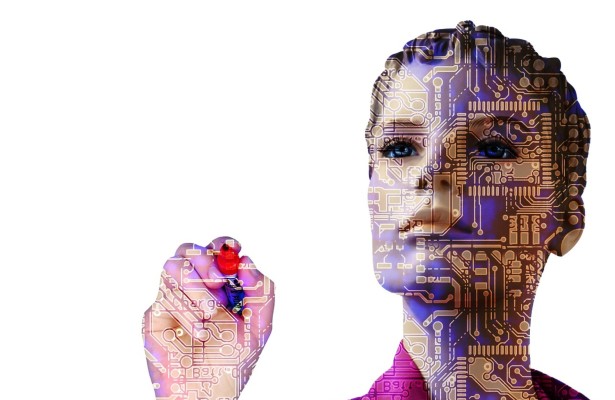Please click here for our May 2017 HIT Market Update.
There is a saying that Silicon Valley’s culture is like Tasmania or Madagascar because it develops different life-forms than anywhere else. For the past few decades, the area has been home to disruptors who do not sail on other people’s waves, but create their own. While most of us are busy worrying about MIPS and MACRA and how to implement bundled payment programs, entrepreneurs in the Valley’s are working on longer-term and highly ambitious healthcare projects. Below are just a few. You may think that some of them are outrageous or even mad, but often times, the dreamers with big ideas actually pull it off.
Next generation “compressed analytics”- The Valley has had a long history of excellence in building utilitarian horizontal technologies such as relational data bases. Now a few companies are tackling healthcare analytics by building assessment and risk engines that, through algorithm, can house millions of pages of peer reviewed medical research and validated, evidence-based articles; building computable repositories of medical knowledge about a wide variety of of diseases. These engines can then ingest EMR data, family history and genetic tests and calculate probability of onset of disease. Coupled with deep learning technology – which can make accurate inferences, the engine continuously improves its accuracy. We are seeing early signs of success which makes us optimistic about the future of preventive and prescriptive medicine. It will take a while, but we can envision a scenario where our chief focus will change from “sick care” to “health care”.
Dr. Alexa- The confluence of cloud technologies, advanced NLP (Natural Language Processing), deep learning and the vast medical knowledge banks discussed above, will some day enable us to conduct interactive sessions with virtual doctors. Technologies such as Amazon’s Alexa development platform, can be coded for a variety of healthcare applications starting first as a symptom checker moving to a recommendation engine, monitoring our vital stats by synching with mobile apps/wearables, ordering our medication, etc. Some psychologists believe that our intimate relationship with such a “knowledgeable” and “personalized” platform will be close and enduring. This bond will, undoubtedly, turn the doctor/patient relationship on its head and can seriously agitate the economics of the industry.
Longevity– At least a dozen companies, including Google, are pouring billions of dollars to slow the rate at which people age. Aging is the main precondition for many diseases. Statistically, accidents and violence are known to be the leading causes of death up to age 44 then cancer rises to the top and then at 65 heart disease. The longevity scientists are focusing on technologies ranging from growing new organs from people’s DNA, working with enzymes that regulate aging, to using machine learning to crunch genomics data to search for biomarkers that predict mortality; teasing out genes that control life span. With the speed of current advancements, many scientists believe that we will be able to “crack” the aging code in the next 20-30 years. For now the bulk of spending will be in the last few years of the person’s life, but imagine a world where we keep aging at the rate we age between 20 and 30. Can death become an optionality? This phenomenon will single handedly change medicine forever but will bring with it unimaginable social and economic consequences.
No wonder the song, “California Dreamin”, is moving up the charts in the Valley.


